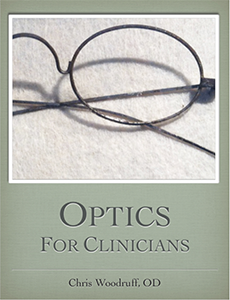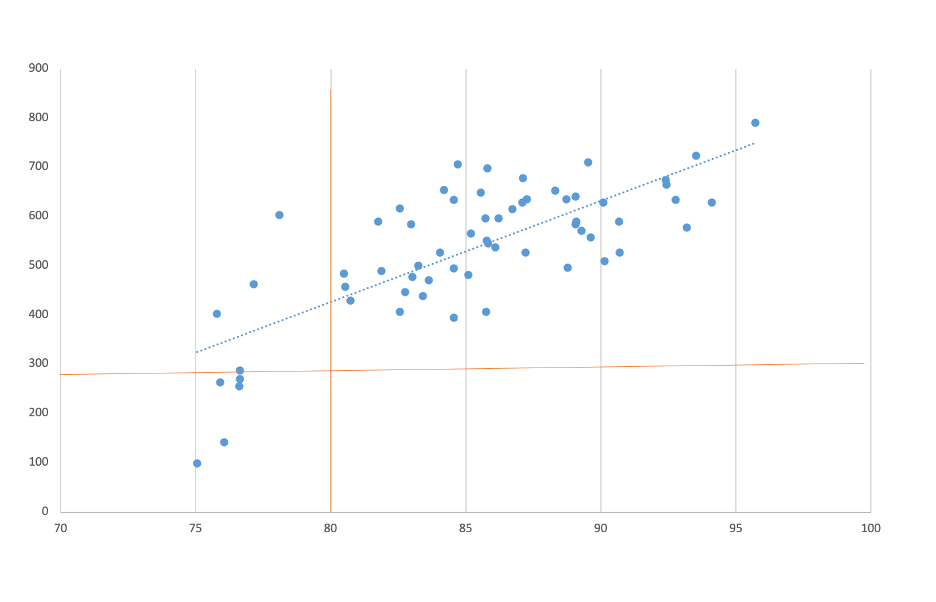Overview
This page highlights some of the work I have completed in Optometric Education using the Internet (web-based resources) for teaching clinical optics. I have also spent a considerable amount of time and effort examining the role of problem solving and critical thinking in academic success. I am interested in helping students improve problem solving and critical thinking skills especially in the field of clinical optics.
Optics Internet Resources
I have been using web based resources I create to enhance my courses since the mid 1990s. As a web developer and programmer, I utilize HTML5, CSS, and JavaScript along with tools such as CanvasJS, Adobe Illustrator, Photoshop, and Animate to create these resources. I maintain a webpage with calculators, demos, and simulations for clinical optics. I use my own domain to host these resources to allow former students to continue to have access after graduation.

Using Interactive Tools
I use web based interactive tools to help students learn principles such as spectacle lens material selection, lens design and thickness, and eikonic lens design.
Here is an example of a lens thickness demonstration
Here is an example of a eikonic lens design demonstration
Optics for Clinicians Textbook
I published a textbook for use by students in my clinical optics courses in 2009. The book was available from a print on demand publisher and was used in that format with several revisions until 2016 when I published the book as an iBook using Apple's iBooksAuthor publishing tool. Apple has discontinued support for iBooks Author and the most recent edition (2019) was distributed to my students as a PDF file. I am in the process of revising the book and publishing it in the ePub format to make it readable on most digital book apps.

Assessing Critical Thinking
I have examined the relationships between various parameters such as class rank (overall GPA), first year academic performance, individual subject perfomance,
Bloom's Taxonomy (comprehension, application, and critical thinking) to determine which of these parameters provides the best
predictor of academic success. As a result of this work I have developed a metric with a fairly high predictive value. This metric can be used to identify "at risk"
students.
